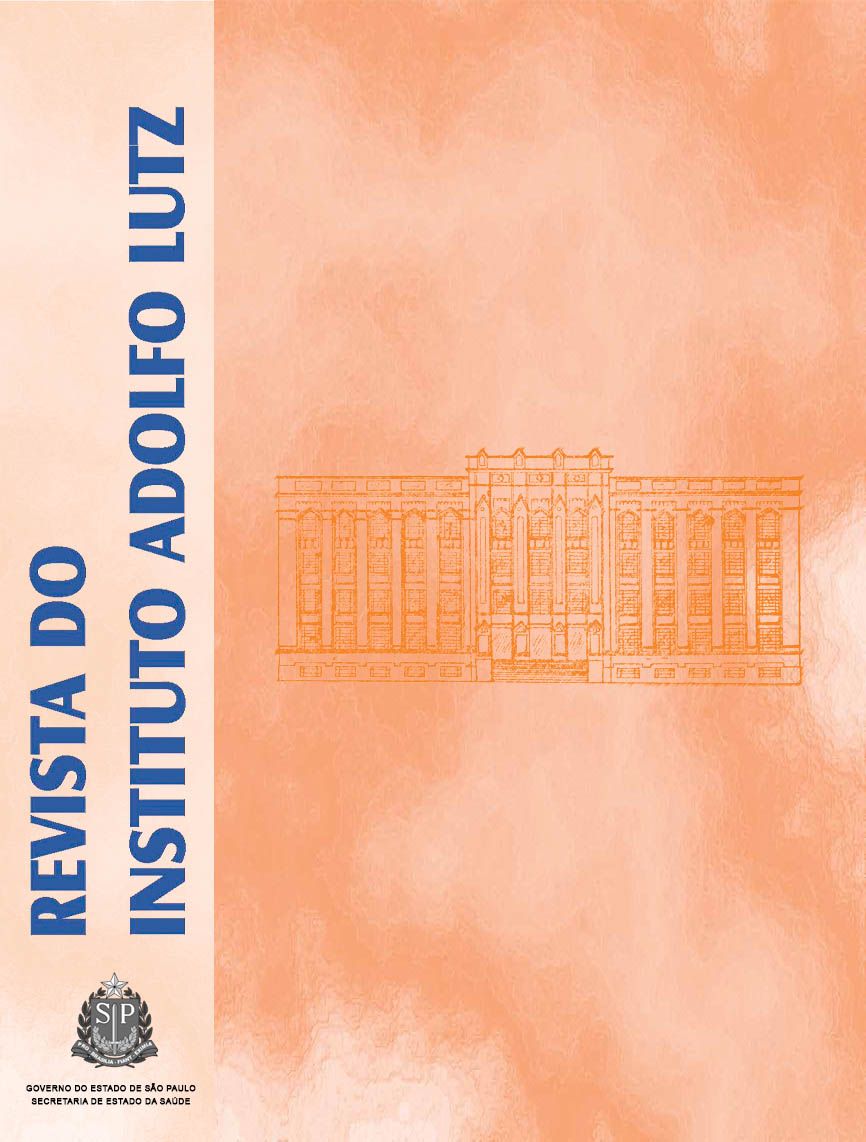Abstract
The present paper describes the data observed in comparing procedures for determining saturated fatty acids for nutritional labeling by GC/FID. Two procedures to prepare the fatty acids methyl esters [a cold base-catalyzed with KOH 0,2 molL-1 methanolic, and a base and acid - combined procedure (Hartman and Lago)] were compared. Also, two methods were evaluated for calculating the fatty acid concentration, expressed in grams per 100 grams of food (by means of internal standard, and by normalization of area multiplied by theoretical conversion factors). Six samples were analyzed: egg, two types of cookies, soya extract, cappuccino powder, and coffee powder. Variance analysis and Tukey test (p< 0,05%) were applied. No significant difference was observed between the methylation procedures. On the other hand, significant difference was observed in calculating both method for determining the saturated fatty acids in cappuccino and coffee samples. The results point out that it is necessary to use internal standard to quantify the fatty acids in foodstuffs, and further studies should be done to evaluate the use of theoretical factors to calculate fatty acids composition in foodstuffs containing several ingredients.References
1. Organización Mundial de la Salud. Estrategia Mundial sobre régimen alimentario, actividad física e salud (57° Asamblea Mundial de la Salud- 22 de mayo de 2004). Ginebra, Organización Mundial de la Salud2004 (WHA 57.17).
2. Curi R, Pompéia C, Miyasaka CK, Procópio J. Entendendo as gorduras– os ácidos graxos. 1a ed., São Paulo: Ed. Manole; 2002.
3. Brasil. Resolução-RDC nº 40, de 21 mar. 2001 da Secretaria de Vigilância Sanitária do Ministério da Saúde. Dispõe sobre Regulamento Técnico Obrigatório sobre rotulagem nutricional de alimentos e bebidas embalados. Diário Oficial [da] República Federativa do Brasil, Poder Executivo, Brasília, DF, 22 mar. 2001, Seção I, nº 57-E, p. 22-5.
4. Brasil. Resolução-RDC nº 360, de 23 dez. 2003 da Secretaria deVigilância Sanitária do Ministério da Saúde. Dispõe sobre o RegulamentoTécnico sobre Rotulagem Nutricional de Alimentos Embalados. DiárioOficial [da] República Federativa do Brasil, Poder Executivo, Brasília,DF, 26 dez. 2003. Seção I, nº 251, p 33-4.
5. American Oil Chemists’ Society. Official methods and recommended practices of the American Oil Chemists’ Society. 4th ed. (A.O.C.S.Official, Method Ce 1f-96: Determination of cis-and trans-fatty acidsin hydrogenated and refined oils and fats by capillary GLC); Champaign,USA; 1997
6. Official Methods of Analysis of AOAC International. 17 ed., Githersburg, Maryland, 2000.
7. American Oil Chemists’ Society. Official methods and recommended practices of the American Oil Chemists’ Society. 4 th ed. (A.O.C.S.Official Method Ce 1-62: Fatty acid composition by gaschromatography); Champaign, USA; 1995
8. International Organization for Standardization (IS0). Animal and vegetable fats and oils – Analysis by gas chromatography of methylesters of fatty acids. ISO 5508-1990.
9. Mc Cance and Widdowson’s, editors. The composition of food. 6thed., Royal Society of Chemistry; 2002.
10. Weihrauch JL, Posati LP, Anderson BA, Exler, J. Lipid conversion factors for calculating fatty acids contents of foods. J Am Oil ChemSoc 1977; 54: 36-40.
11. Núcleo de Estudos e Pesquisas em Alimentação (NEPA), UNICAMP(BR). Tabela Brasileira de Composição de Alimentos. Campinas; 2004.
12. Folch J, Lees M, Stanley GHS. A simple method for the isolation andpurification of total lipids from animal tissues. J Biol Chem 1957;226: 497-509.
13. Hartman L, Lago RCA. Rapid preparation of fatty acid methyl estersfrom lipids. Lab Prac1973; 22:475-6.
14. International Union of Pure and Applied Chemistry (IUPAC). Standard Methods for Analysis of Oils, Fats and Derivatives. Blackwell Scientific Publications, 7th Edition; Method 2.301; Report of IUPAC WorkingGroup WG 2/87; 1987.
15. Maia EL, Rodrigues-Amaya DBR. Avaliação de um método simples e econômico para metilação de ácidos graxos com lipídios de diversas espécies de peixes. Rev Inst Adolfo Lutz 1993;53(1/2): 27-35.
16. Instituto Adolfo Lutz. Normas Analíticas do Instituto Adolfo Lutz, Métodos físico-químicos para análise de alimentos, 4a ed., Brasília,ANVISA, 2005.
17. American Oil Chemists’ Society. Official Methods and Recommended Practices of the American Oil Chemits’ Society. 4th ed. (A.O.C.S.Official Method Ce 2-66, Preparation of methyl esters of long-chainfatty acids); Champaign, USA; 1995
18. Ayres M, Ayres MJr, Ayres DL, Santos AS. Bio Estat. 3.0. Aplicações estatísticas nas áreas das ciências biológicas e médicas. Belém, Sociedade Civil Mamirauá, Brasília, CNPq, 2003.

This work is licensed under a Creative Commons Attribution 4.0 International License.
Copyright (c) 2005 Instituto Adolfo Lutz Journal
